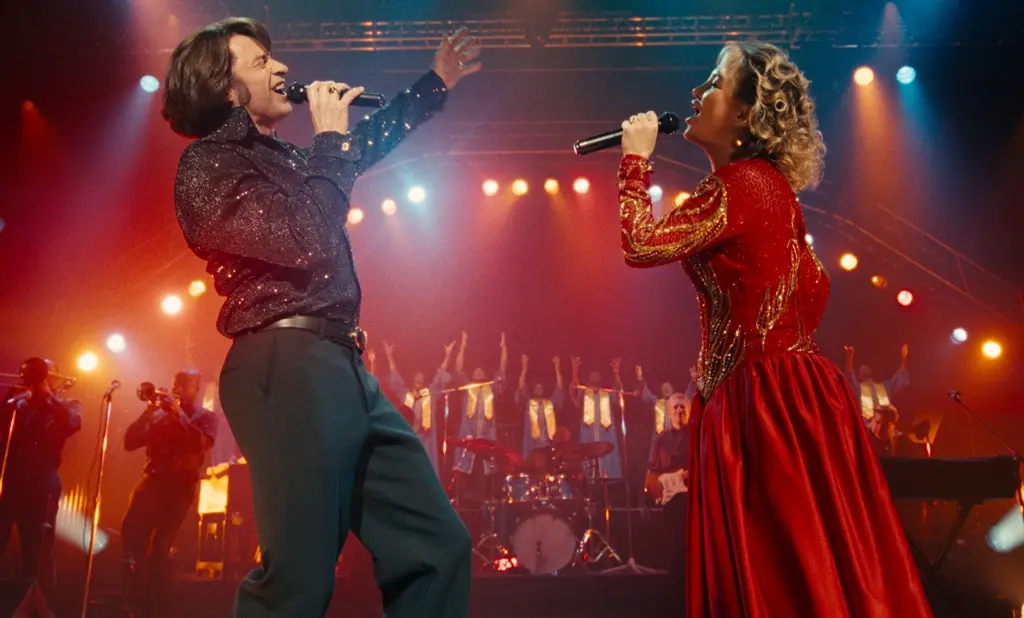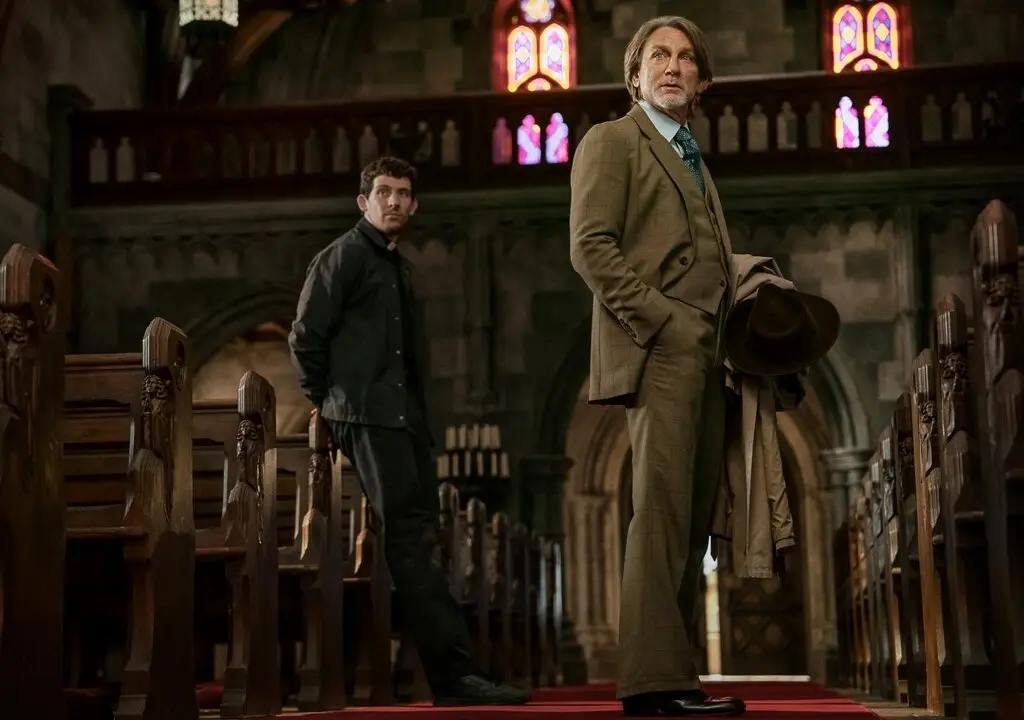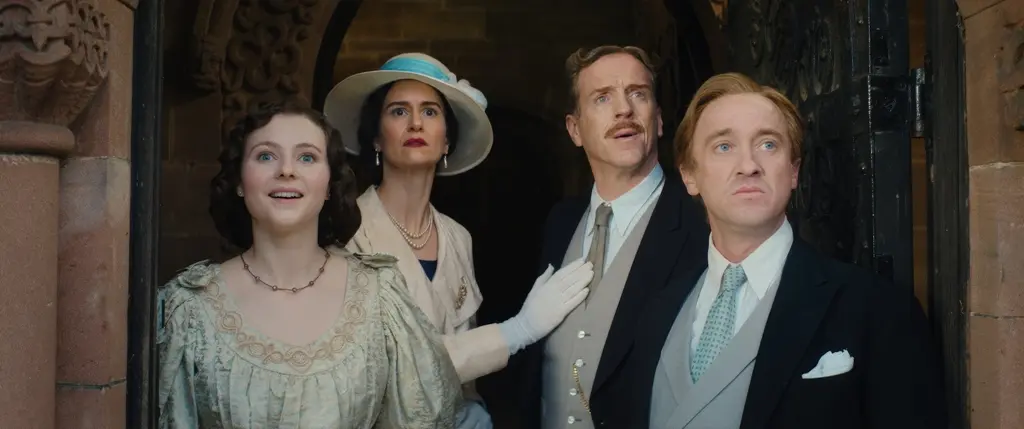PG-13 | 1h 55 min | Documentary, Biography, Music | 1 July 2022 (USA)
In the pantheon of high-profile musical personalities, Canadian Leonard Cohen ranks near the bottom. Even amongst die-hard pop music fans, he’s regarded as a blip and an afterthought.





